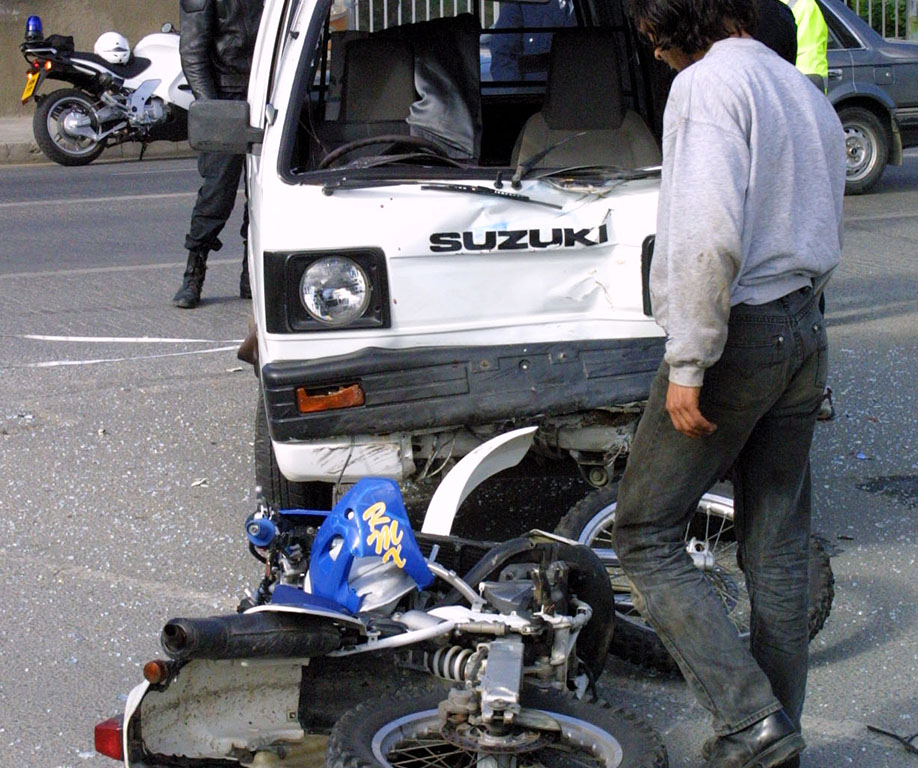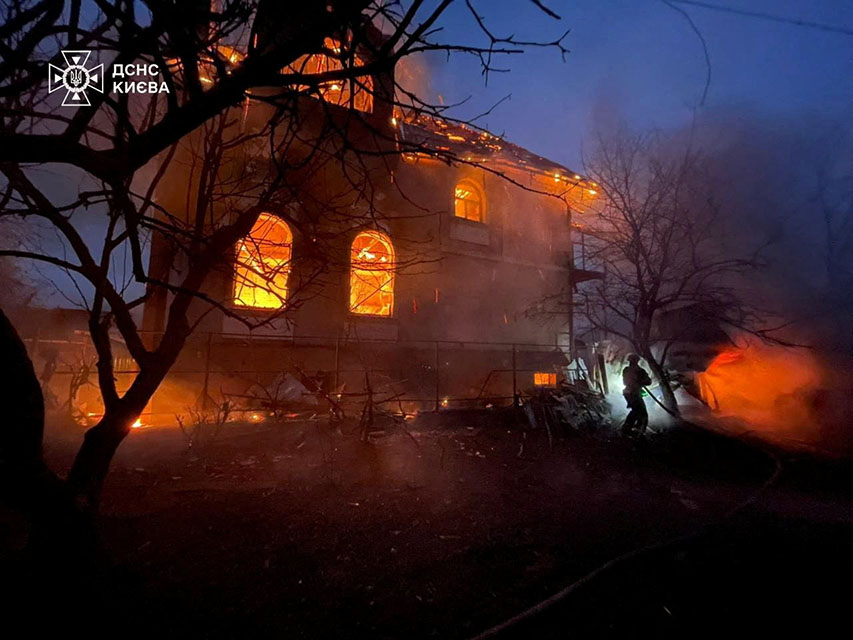Cyprus must act fast to tackle a worrying rise in road deaths, especially among young men, motorcyclists and elderly pedestrians, transport engineer Neophytos Zavrides has said.
Zavrides explained that recent fatal crashes highlight the urgent need to improve road safety. He is one of the key figures behind the island’s first and second national road safety plans and has worked on several road and urban studies across Cyprus.
The “Safe System” approach, he said, accepts that drivers make mistakes and aims to prevent these errors from leading to death or serious injury. It is based on five pillars: better road safety management, safer roads and mobility, safer vehicles, safer road users and stronger post-crash response.
Zavrides told the Cyprus News Agency the biggest challenge is Cyprus’ lack of a structured, long-term safety culture.
“Education is not systematic,” he said.
“It’s not enough for one police officer to visit a school or a military base now and then.”
He also pointed to Cyprus’ weak road infrastructure. While not “tragic”, many roads need urgent maintenance, especially pavements and cycle lanes.
“We lose three to four cyclists every year. And we keep losing motorcyclists,” he said.
Unlike other countries, Cyprus allows motorcyclists to ride without full protective clothing.
Recent accidents reported by the Cyprus Mail show the human cost. A young biker was killed on July 25 in Lakatamia after his vehicle collided with a car. Earlier in the month, a 21-year-old woman died in Limassol after a speeding driver ran a red light. And in June, an elderly man was hit on a poorly lit pedestrian crossing in Strovolos.
Zavrides warned that strict enforcement is key.
“Speed matters. There is a big difference between hitting someone at 30 km/h and 130 km/h,” he said. Zero tolerance on drink-driving, speeding, and red-light jumping is also vital, he added.
Cyprus’ latest 10-year road safety plan (2021-2030) includes data collection, EU comparisons, and international best practices. Zavrides said actions must be reviewed every year to stay relevant. So far, implementation has been patchy. Statistics show most fatal crashes in Cyprus happen in towns and villages. High-risk groups include young male drivers, foreigners living on the island, and elderly pedestrians.
Violations such as speeding, drink and drug driving, lack of seatbelts and helmets, illegal parking, and phone use are still widespread. Zavrides said support for the road safety council must be strengthened.
“We have the strategies. Now they must be applied and monitored,” he said.







Click here to change your cookie preferences